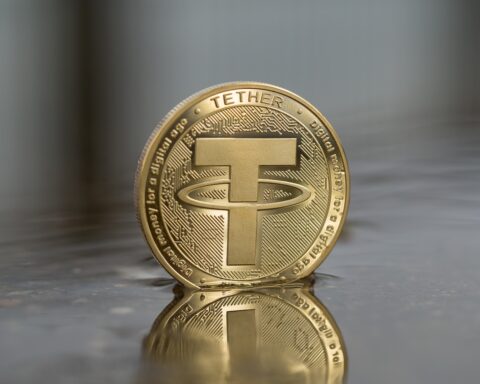The Cambridge Bitcoin Electricity Consumption Index (CBECI), renowned for assessing Bitcoin’s energy usage, has undergone its inaugural methodology update since its inception in 2019.
Launched in July 2019, CBECI aimed to furnish data-backed insights into Bitcoin mining’s energy intensity and environmental consequences.
In an exclusive conversation with Cointelegraph, lead researcher Alexander Neumueller outlined the index’s role in estimating Bitcoin network electricity consumption.
Neumueller emphasized its role in presenting comprehensible data to the general public.
The revamped methodology accentuates recent trends in Bitcoin mining hardware and hash rates. Researchers scrutinized whether CBECI accurately depicted these dynamics.
They concentrated on unraveling the causes behind significant hash rate growth in recent years, attributed to more powerful contemporary mining equipment superseding older counterparts.
The absence of detailed hardware data posed a challenge, limiting CBECI’s precision in assessing hardware variety and prevalence.
To surmount this, researchers devised a simulation that approximates daily hardware distribution, utilizing performance and power data from actual hardware.
The prior methodology presumed that all profitable hardware models released in the last five years contributed equally to the network hash rate.
This inadvertently led to an overrepresentation of aging hardware during lucrative mining periods.
The team recognized the overrepresentation of older equipment and the underrepresentation of newer models.
READ MORE: Digital Currency Group Reaches Agreement with Genesis Creditors for Potential Recovery
This realization spurred the methodology’s alteration.
Neumueller’s team then cross-referenced hash rate increments with US import data on recent Bitcoin mining hardware.
Public sales data from mining hardware manufacturer Canaan supplemented this analysis.
The CBECI encompassed diverse data points and visualizations, encompassing Bitcoin network power demand, a mining map depicting hash rate distribution, and a greenhouse gas emissions index.
These indexes yield three distinct estimates for each sector, providing a range for these metrics.
The broader discussion encompassed varying viewpoints on Bitcoin’s environmental impact.
Critics alleged Bitcoin undermined ecological progress, while proponents contended that the mining industry could aid environmental efforts.
Neumueller highlighted the intricate nature of the field and the dearth of information, enabling selective data interpretation and biases.
In sum, CBECI’s revamped methodology aligns with evolving Bitcoin mining hardware trends, rectifying previous discrepancies.
The index’s comprehensive insights and visuals offer a multifaceted perspective on Bitcoin’s energy consumption and emissions impact.
Other Stories:
Grayscale Bitcoin Trust’s Negative Price ‘Discount’ Expected to Reverse by 2024
Federal Judge Overturns SEC’s Denial of Grayscale’s Bitcoin ETF
dYdX Unlocks $14.02 Million in DYDK Tokens for Community and Trader Rewards




